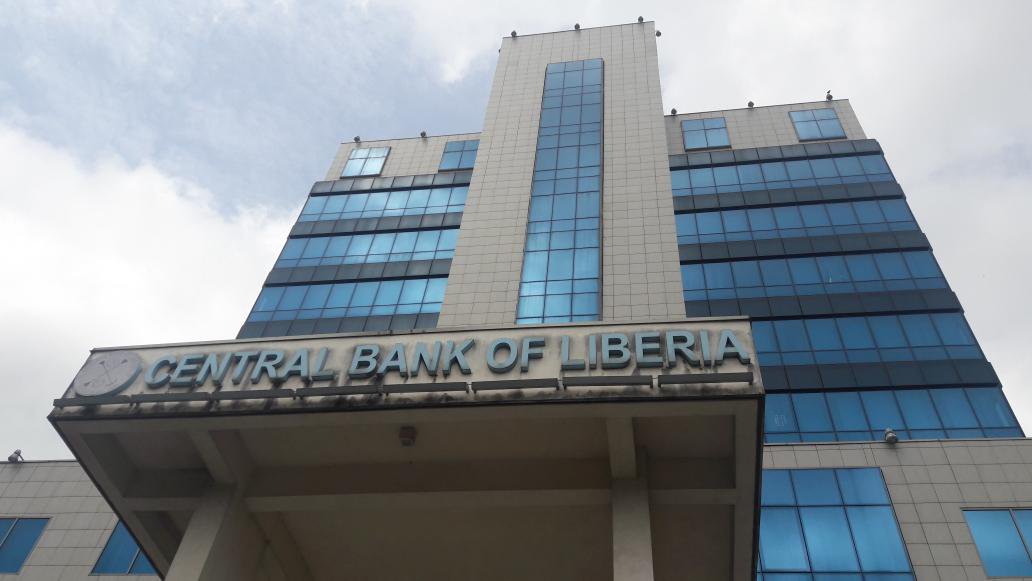MONROVIA –The Board of Governors of the Central Bank of Liberia (CBL) has unanimously agreed to support policies toward the development of the agricultural subsector with a goal of stabilizing food prices in the medium term, and consequently build the country’s foreign reserves.
A CBL press release just issued says this decision was reached during Board’s 25 February 2021 sitting,
Despite the downward inflation trend, the CBL Monetary Policy Committee (MPC) decided to maintain the monetary policy rate at 25.0% for the fourth time with the aim of managing Liberian dollar banknotes outside banks, counteracting inflation expectations and stimulating interest rate transmission in the financial sector.
Other decisions of the MPC included implementation of strategies to increase public sensitization for the greater use of digital/electronic payments, enhance loan recovery to address the structural liquidity problem, and promote the take-up of investment in CBL’s financial instruments from the diaspora.
It should be noted that these decisions of the MPC were informed by developments in the global and domestic economies.
Global Developments
The MPC noted the projected contraction of 3.5% in the global economy, which represents a negative 1.4 percentage point improvement more than the previous contraction of 4.9% projected in the October 2020 World Economic Outlook. Accordingly, global economic growth for 2021 is projected at 5.5%, on account of anticipated containment of COVID-19 and other policy measures.
In addition, the MPC observed that global commodity prices improved in the last quarter of 2020. Inflation remained subdued in most advanced economies but rose in emerging markets and developing countries, including sub-Saharan Africa, and expected to decline in emerging and developing economies in 2021.
Monetary policy rates in advanced economies were relatively stable and remained broadly unchanged within most of the countries in the West African Monetary Zone (WAMZ) in the fourth quarter of 2020.
Domestic Macroeconomic Developments
Liberia’s real gross domestic product contracted by 3.0 percent, while contraction in the manufacturing sub-sector improved, in contrast to growth in the agriculture & fisheries, forestry, as well as the mining & panning sub-sectors, howbeit not strong enough to offset the negative 12.7 percent decline in the services sub-sector. Non-performance loans (NPL), as a percentage of total loans, was put at 21.2 percent, representing 11.2 percentage points above the regulatory threshold. In the fourth quarter, the average outstanding issuance of CBL Bills increased by 3.72% in comparison to the previous quarter. Nevertheless, the new subscriptions for the CBL Bills declined by 24.5% largely on account of increased demand on the commercial banks for cash during the December festive season.
The domestic economy is projected to re-bound in 2021 based on anticipated improvements in the international prices of the country’s major export commodities. The moderation in inflation, from 15.5% to 12.5% in the fourth quarter of 2020, is projected to continue to 12.3% in the first quarter of 2021, with a band of +/- 2 percentage points. Similarly, in the fourth quarter of 2020, the deficit in Liberia’s trade balance improved from 5.6% to 4.6% of GDP, while inward worker remittances increased to US$65.4 million.
The MPC also noted that the relative stability in the Liberian dollar was reflective of increased net foreign exchange inflows and weak domestic demand, while emphasizing that the recovery in domestic demand is anticipated to gradually exert pressure on the exchange rate.
Overall, the foregoing economic developments prompted the MPC to opt for retaining the monetary policy rate, while challenging the CBL’s Management to embark upon extensive sensitization to engender the take-up of digital financial services and strengthen policies to support lending to the agricultural sub-sector with the hope of improving Liberia’s balance of payments.
In concluding, the MPC stressed the need for CBL to work with commercial banks by designing appropriate strategies to reduce non-performing loans with the aim of easing the liquidity demand on the financial sector and the economy at large.

